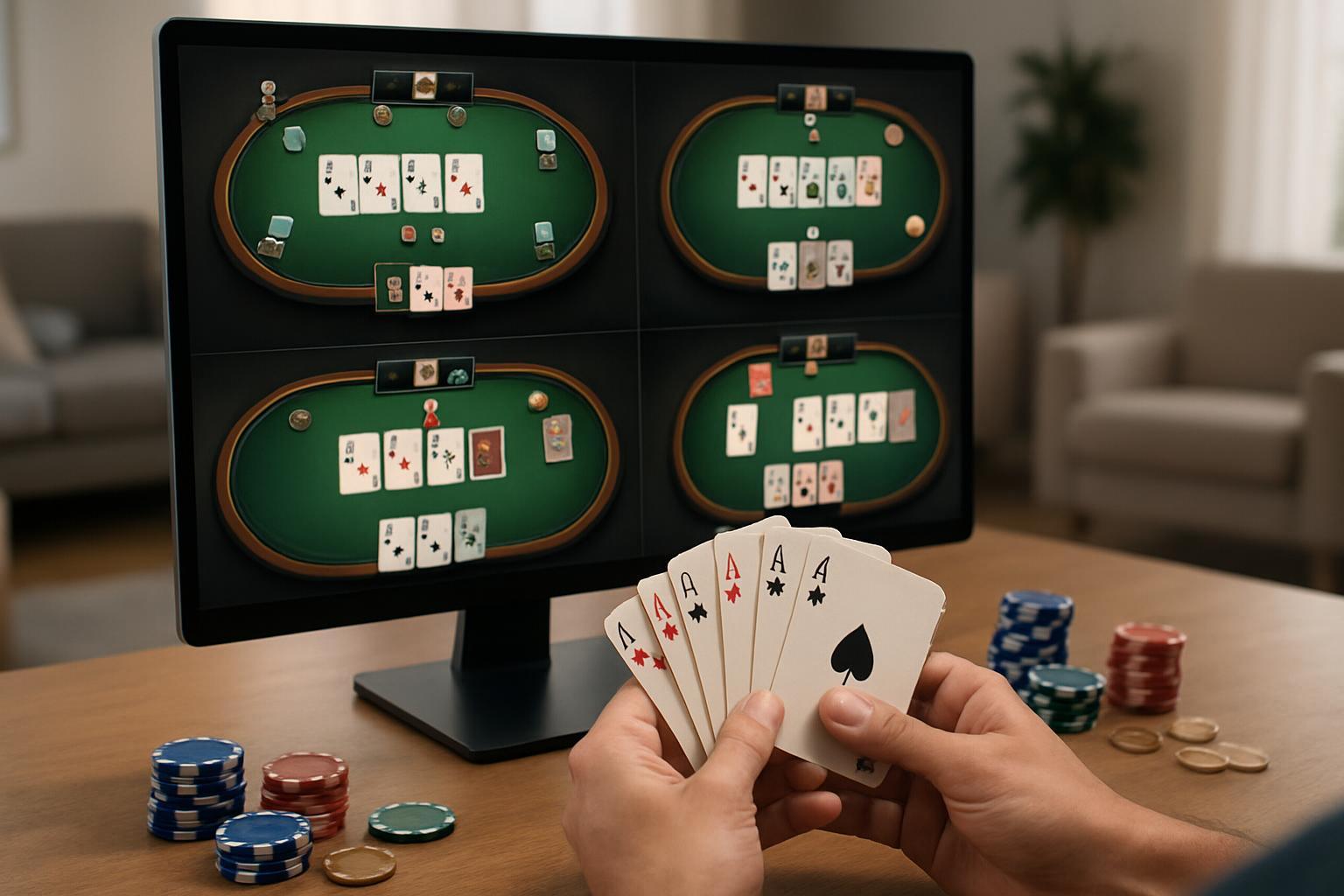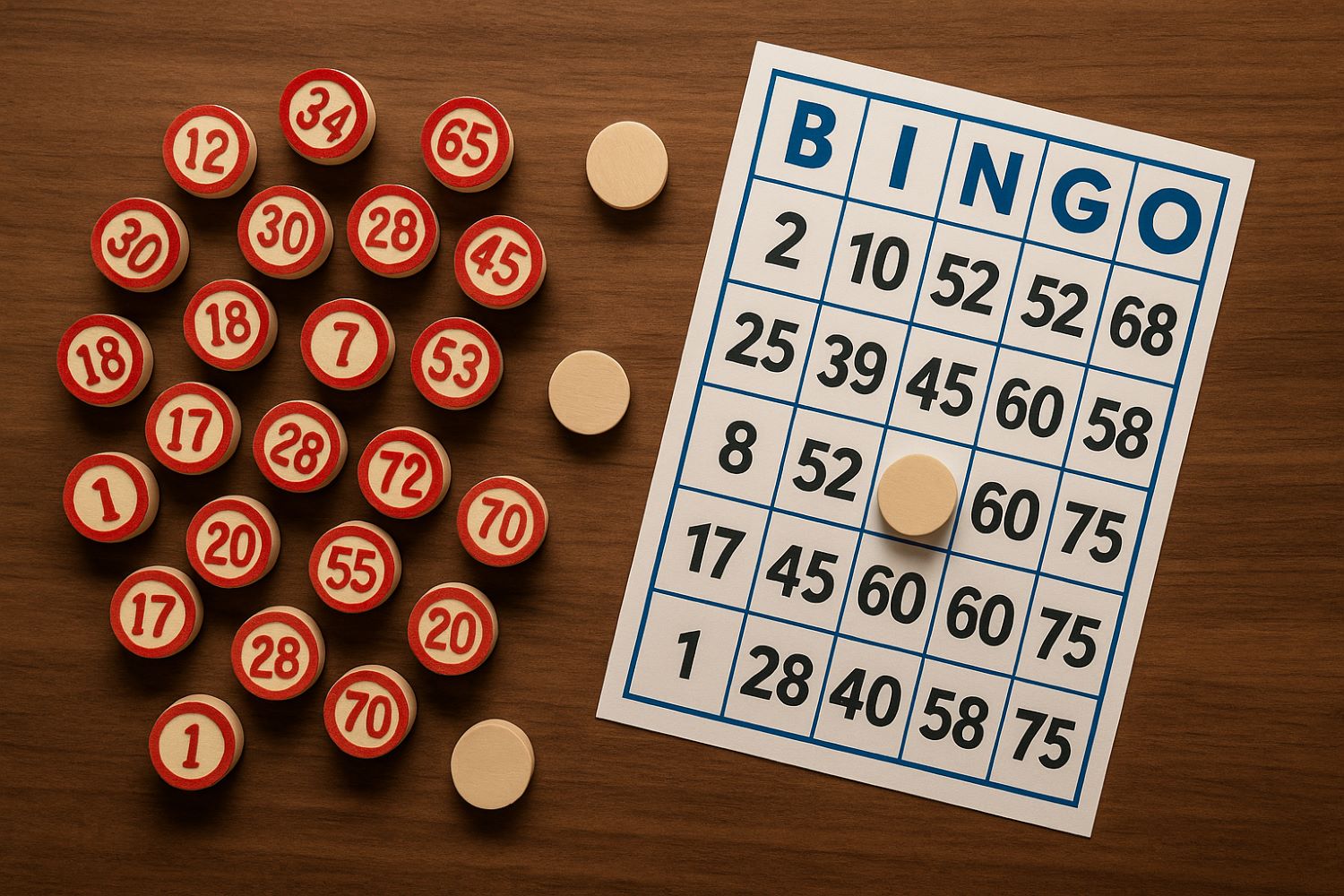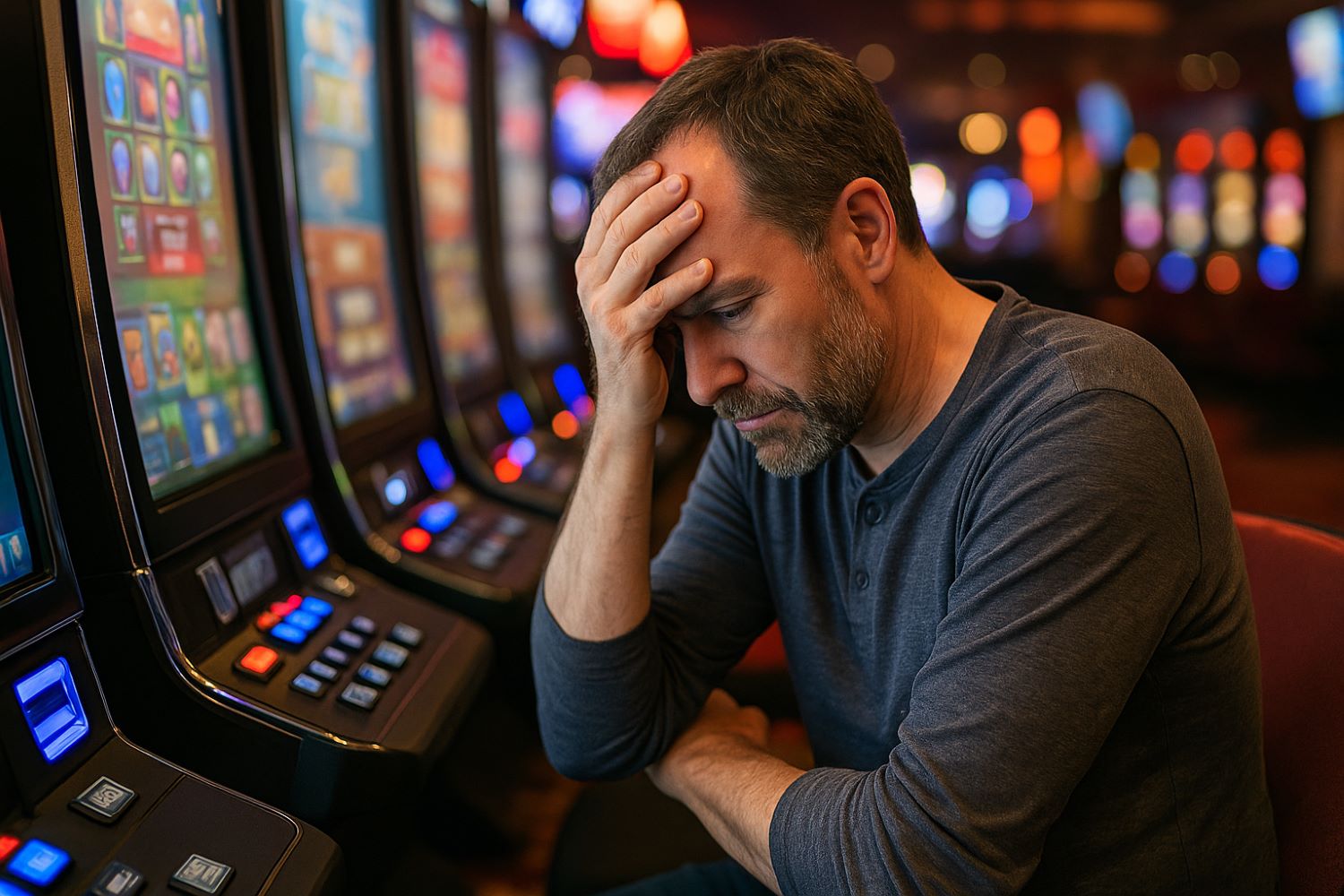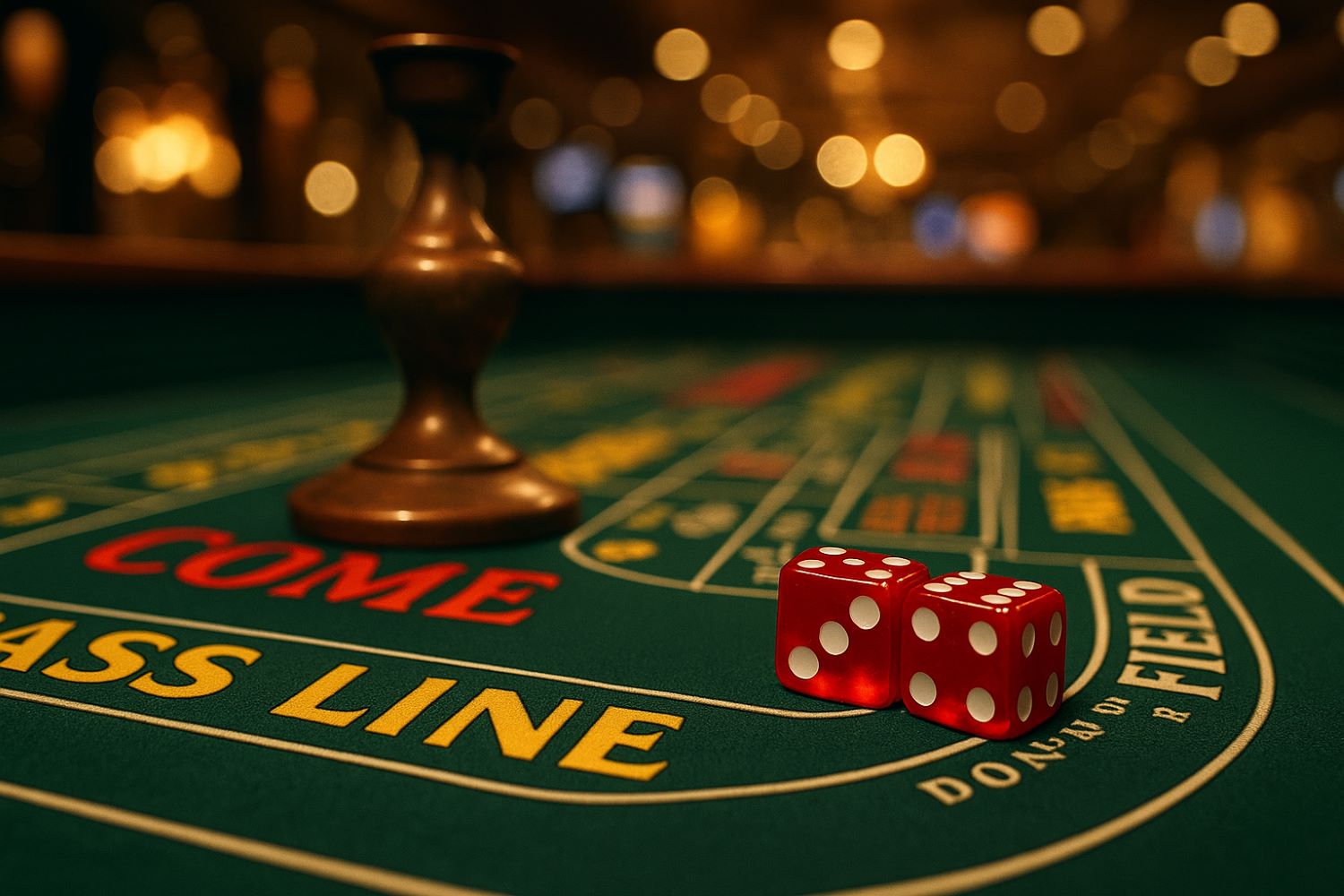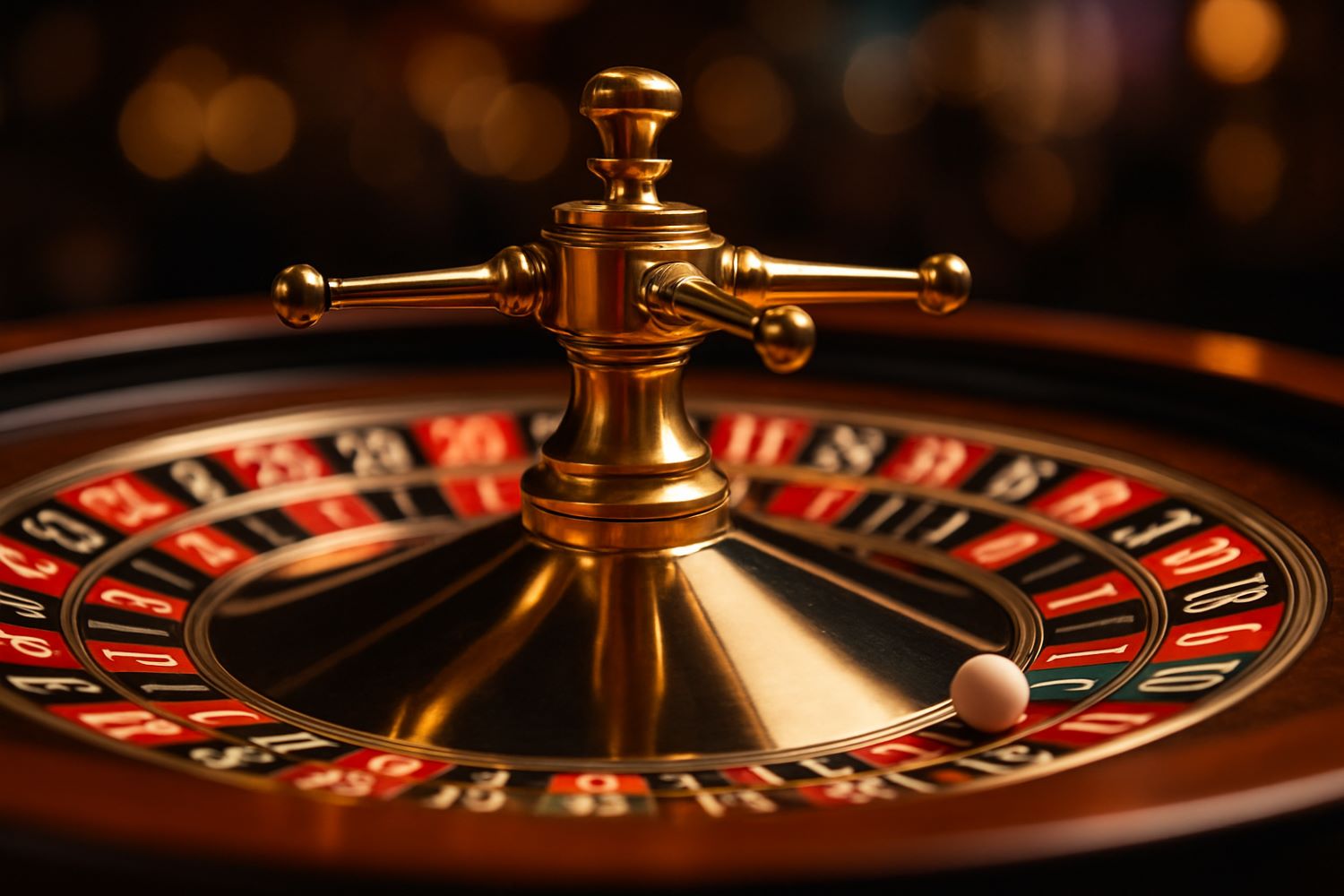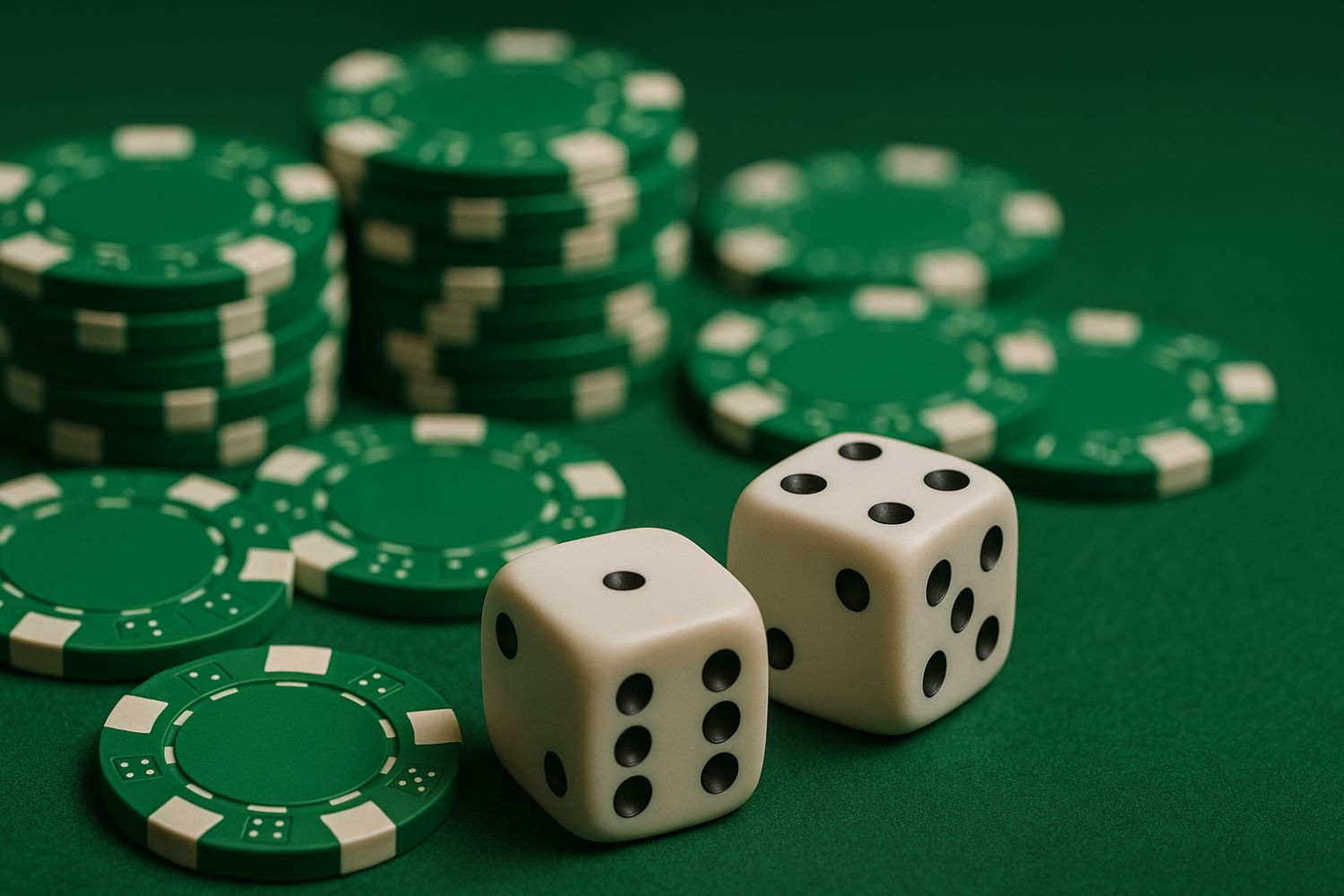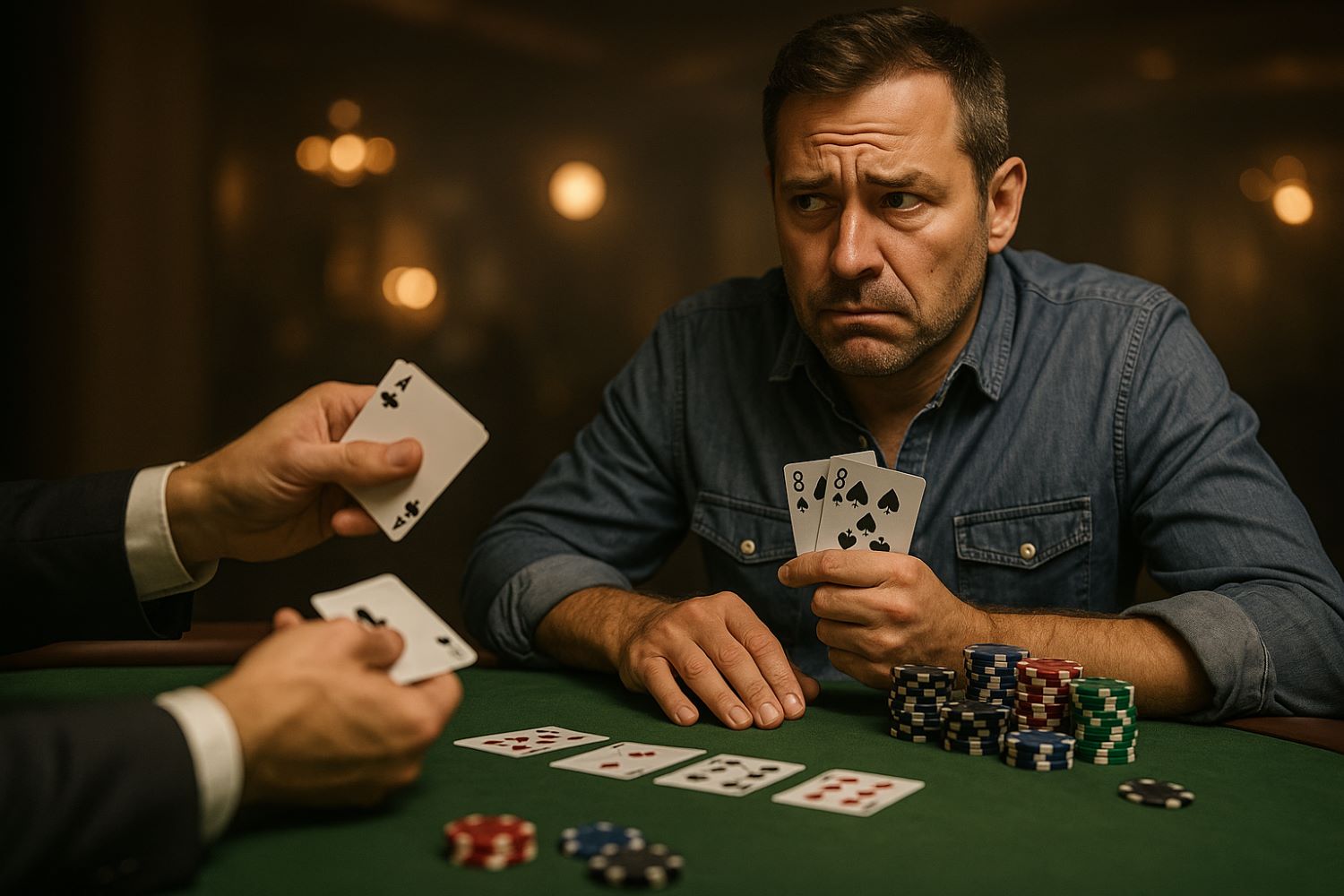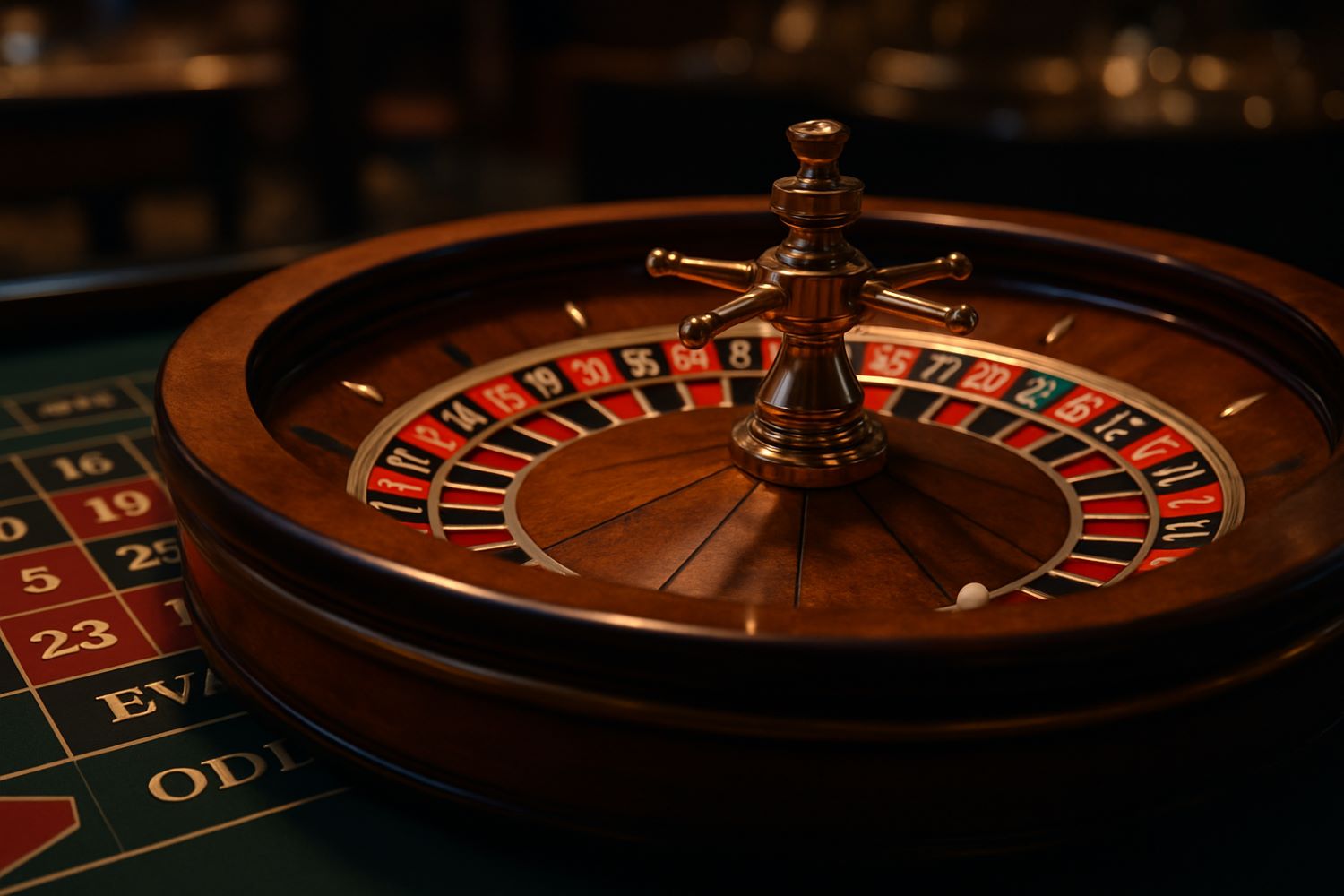-
Bingo has been played for many years in halls and…
-
Discover the best casino movies of all time, from classics…
-
A compulsive gambler is a person who is not able…
-
The historian may have a little trouble clearly defining the…
-
Roulette is played by one to seven persons. You place…
-
Games at casinos are of two kinds. The game of…
-
Learn how cheating happens in Texas Holdem, both live and…
-
Learn how craps works, from basic bets to table rules.…
-
Explore the world of online high rollers. Learn how VIPs…
-
Discover how roulette works, from betting options to wheel types.…

